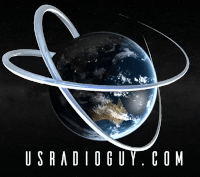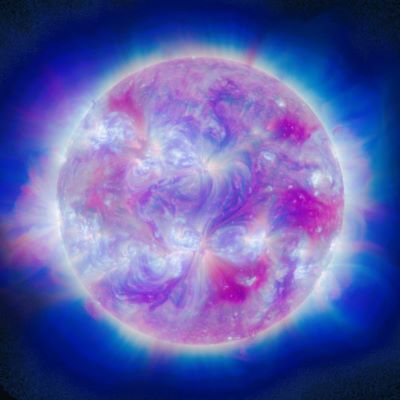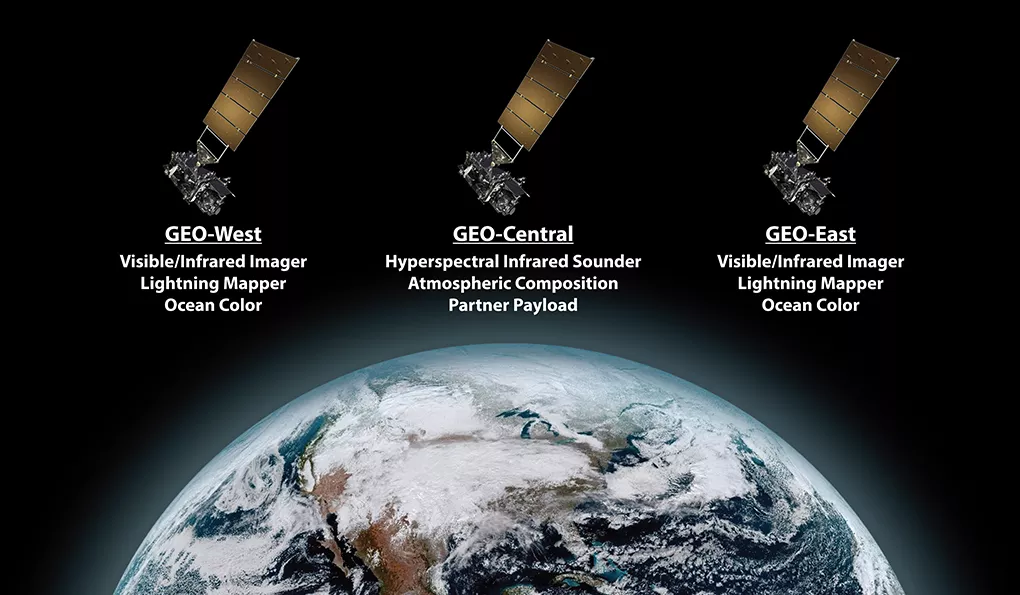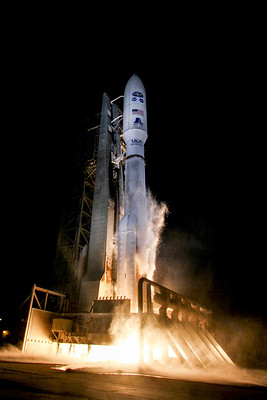![]()
The Importance of Monitoring Space Weather
Update July 6th, 2024
The sun is a dynamic and active star, and its activity can significantly impact Earth. The sun’s atmosphere is made up of hot, ionized plasma, and the sun’s magnetic field is constantly changing. These changes can lead to the formation of solar storms, which are large eruptions of plasma and magnetic fields from the sun.
Solar storms can have a variety of effects on Earth. They can disrupt radio communications, damage satellites, and even cause power outages. In extreme cases, solar storms can even affect the Earth’s atmosphere, causing auroras to be seen at lower latitudes than usual.
For this reason, it is important to monitor space weather so that we can be prepared for potential disruptions. The GOES-R series of satellites is a key part of our space weather monitoring system. These satellites provide continuous observations of the sun and its environment, and they help us to track the development of solar storms.
How GOES-R Satellites Work
The GOES-R series of satellites are weather satellites operated by NOAA. These satellites are equipped with a variety of instruments that allow them to observe the sun and its environment. Some of the instruments on the GOES-R satellites include:
- A visible light camera that can image the sun’s surface.
- An extreme ultraviolet (SUVI) imager that can image the sun’s atmosphere.
- A magnetometer that can measure the strength and direction of the sun’s magnetic field.
- A particle detector that can measure the flux of charged particles from the sun.
- NOTE: The current GOES-19 spacecraft has a revolutionary new instrument called CCOR, the only GOES series spacecraft to carry this.
The data from these instruments is used to track the development of solar storms and to forecast their impact on Earth. The GOES-R satellites provide a critical early warning system that helps us to protect our technology and infrastructure from the effects of space weather.
The Carrington Event
The Carrington Event (CE) of 1859 serves as a historical precedent for the disruptive potential of extreme space weather. This geomagnetic storm, triggered by a potent coronal mass ejection (CME), induced widespread technological malfunctions on Earth. Telegraph networks globally became inoperable, and auroral displays extended to unusually low geomagnetic latitudes, reaching even tropical regions.
While the CE stands as a singular event in recorded history for its intensity, it is not an isolated occurrence. Numerous smaller solar storms have transpired in recent years, causing varying degrees of technological disruptions. As our dependence on increasingly complex technological infrastructure intensifies, preparedness for a future major space weather event becomes a critical imperative.
The Future of Space Weather Monitoring
The GOES-R series of satellites is a significant advancement in space weather monitoring. These satellites provide more comprehensive and accurate observations of the sun and its environment than ever before. However, there is still more that we can do to improve our understanding of space weather and to protect ourselves from its effects.
One area of research that is receiving a lot of attention is the development of better space weather forecasting models. These models will help us to predict the impact of solar storms on Earth with greater accuracy. Another area of research is the development of new technologies to protect our technology and infrastructure from the effects of space weather.
As we continue to learn more about space weather, we will be better able to protect ourselves from its effects. The GOES-R series of satellites is a critical part of this effort, and it will help us to stay ahead of the next major space weather event. The new satellite series from NOAA, the GEO-XO program that is slated to replace the GOES-R series will bring with it even more space weather resources and instruments.
NOTE: The current GOES-19 spacecraft has a revolutionary new instrument called CCOR, the only GOES series spacecraft to carry this.
Resources
- USRadioguy Space Weather Page: https://usradioguy.com/space-weather/
- NOAA Space Weather Prediction Center: https://www.swpc.noaa.gov/
- GOES-R Series of Satellites: https://www.goes-r.gov/
- The Carrington Event: https://en.wikipedia.org/wiki/Carrington_Event
- https://www.swpc.noaa.gov/content/space-weather-enthusiasts-dashboard
Additional Information
- Space weather is a term used to describe the conditions in the space environment that can affect the Earth and its inhabitants. These conditions can be caused by solar activity, such as solar flares and coronal mass ejections (CMEs).
- Solar flares are sudden bursts of energy from the sun’s surface. They can emit high-energy radiation, which can disrupt radio communications and damage satellites.
- CMEs are large eruptions of plasma and magnetic field from the sun’s atmosphere. They can travel at speeds of up to millions of miles per hour and can cause geomagnetic storms on Earth.
- Geomagnetic storms are disturbances in the Earth’s magnetic field caused by the interaction of the solar wind with the Earth’s atmosphere. They can disrupt power grids, communication systems, and navigation systems.
- Monitoring of Space weather for the satellite enthusiast can be done, but requires a minimum of a GRB receiving station.
- The GOES-R series of satellites is a set of four weather satellites operated by NOAA. These satellites are equipped with a variety of instruments that allow them to observe the sun




